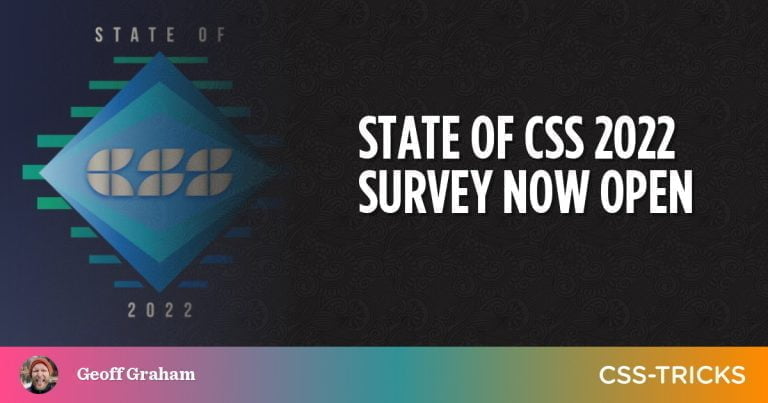Perhaps the most basic and obvious use of CSS custom properties is design tokens. Colors, fonts, spacings, timings, and other atomic bits of design that you can pull from as you design a site. If you pretty much only pull values from design tokens, you’ll be headed toward clean design and that consistent professional look that is typically the goal in web design. In fact, I’ve written that I think it’s exactly this that contributes to the popularity of utility class frameworks:
I’d argue some of that popularity is driven by the fact that if you choose from these pre-configured classes, that the design ends up fairly nice. You can’t go off the rails. You’re choosing from a limited selection of values that have been designed to look good.
I’m saying this (with a stylesheet that defines these classes as one-styling-job tokens):
<h1 class="color-primary size-large">Header<h1>…is a similar value proposition as this:
html { --color-primary: green; --size-large: 3rem; /* ... and a whole set of tokens */
} h1 { color: var(--color-primary); font-size: var(--size-large);
}There are zero-build versions of both. For example, Tachyons is an it-is-what-it is stylesheet with a slew of utility classes you just use, while Windi is a whole fancy thing with a just-in-time compiler and such. Pollen is an it-is-what-it is library of custom properties you just use, while the brand new Open Props has a just-in-time compiler to only deliver the custom properties that are used.
Right, so, Open Props!

The entire thing is literally just a whole pile of CSS custom properties you can use to design stuff. It’s like a massive starting point for your styles. It’s saying custom property all the things, but in the way that we’re already used to with design tokens where they are a limited pre-determined number of choices.
The analogies are clear to people:
My guess is what will draw people to this is the beautiful defaults.
What it doesn’t do is prevent you from having to name things, which is something I know utility-class lovers really enjoy. Here, you’ll need to continue to use regular ol’ CSS selectors (like with named classes) to select things and style them as you “normally” would. But rather than hand-crafting your own values, you’re plucking values from these custom properties.
The whole base thing (you can view the source here) rolls in at 4.4kb across the wire (that’s what my DevTools showed, anyway). That doesn’t include the CSS you write to use the custom properties, but it’s a pretty tiny amount of overhead. There are additional PropPacks that increase the size (but they are also super tiny), and if you’re worried about size, that’s what the whole just-in-time thing is about. You can play with that on StackBlitz.
Seems pretty sweet to me! I’d use it. I like that it’s ultimately just regular CSS, so there is nothing you can’t do. You’ll stay in good shape as CSS evolves.






